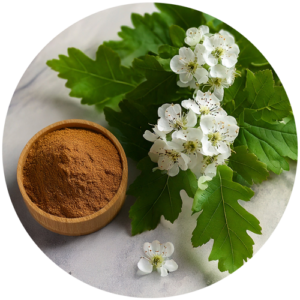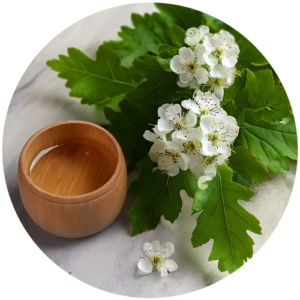Europe
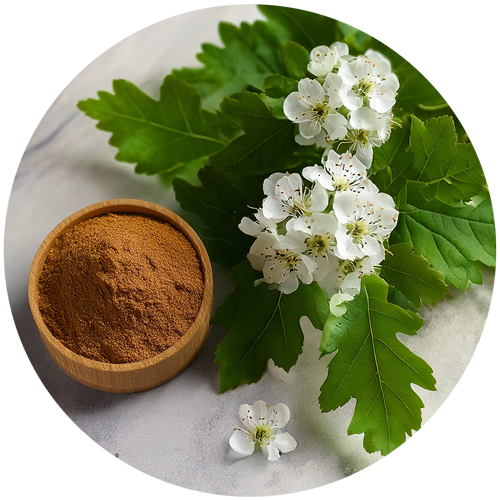

HAWTHORN
Crataegus monogyna Jacq. et Crataegus laevigata (Poir.) DC. Sleep
Sleep  Cardiovascular system
Cardiovascular system  Digestion
Digestion  Anti-stress
Anti-stress Hawthorn, Crataegus oxyacantha, rich in flavonoids and polyphenols, supports circulatory well-being, helps combat stress and improves sleep.
Our references
Regulations
and analysis
Identification : TLC
Data on traditional use
Cahier de l’agence du Médicament (France) :
- Traditionally used to reduce nervousness in adults, particularly in the case of exaggerated perception of heartbeats
- Traditionally used to reduce nervousness in adults and children, particularly for sleep disorders.
EMA monograph :
- Traditionally used to relieve mild symptoms of mental stress and to help induce sleep.
Canadian monograph :
-
Traditionally used to help maintain and/or support cardiovascular health
German monograph :
- Used for cardiac function
WHO monograph :
- Used to support cardiac and circulatory functions.
- As an anti-pain agent of digestive and uterine origin.
- Used to improve sleep
Association ideas by health benefice
Select one or more axes:
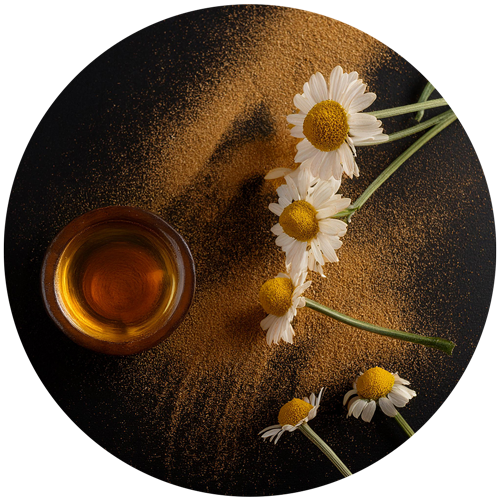
CHAMOMILE MATRICARIA
Matricaria recutita L.
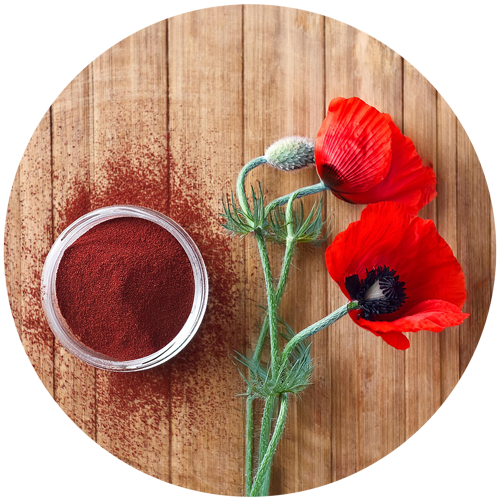
POPPY
Papaver rhoeas L.
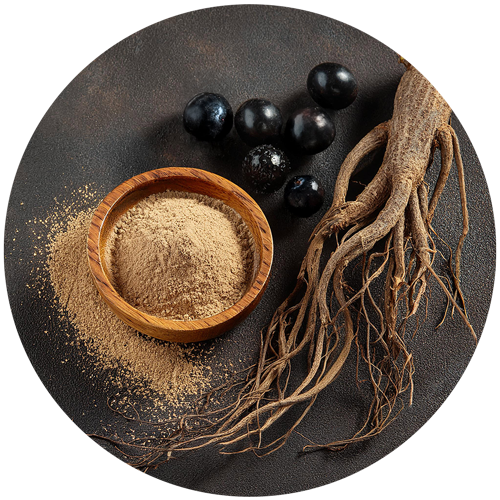
ELEUTHEROCOCCUS
Eleutherococcus senticosus Maxim.
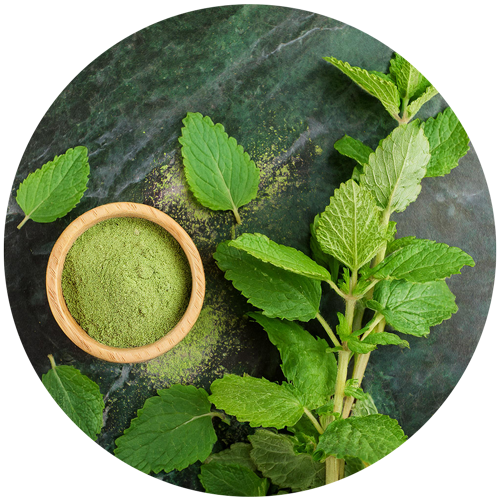
LEMON BALM
Melissa officinalis L.
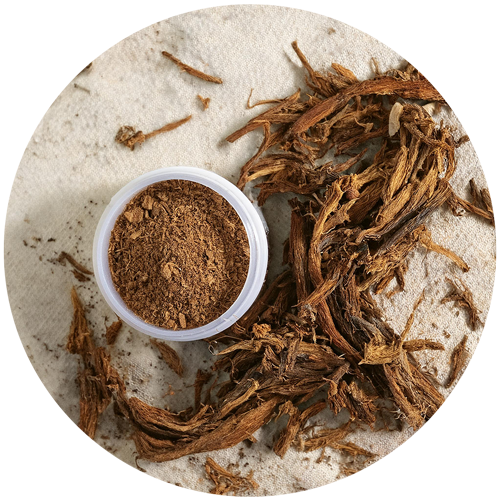
VALERIAN
Valeriana officinalis L.
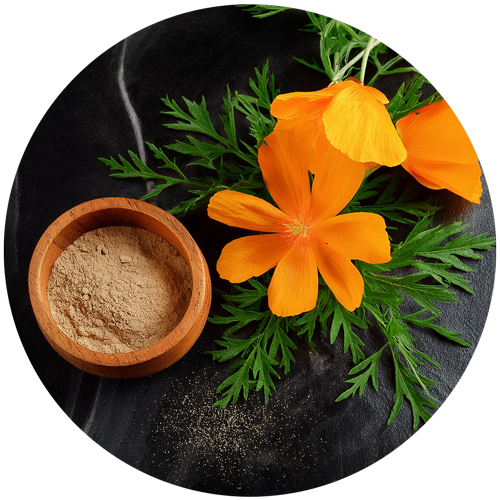
CALIFORNIA POPPY
Eschscholtzia californica Cham.
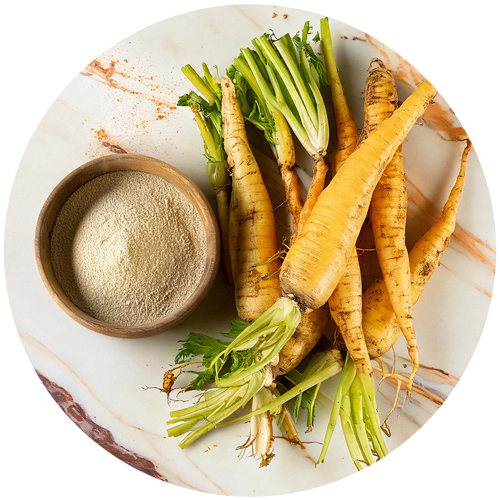
CHICORY
Cichorium intybus L.
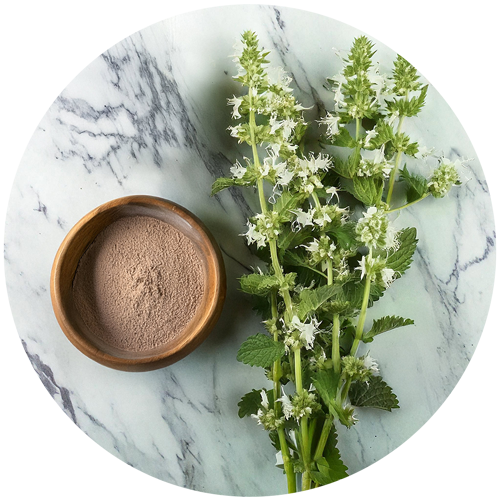
WHITE HOREHOUND
Marrubium vulgare L.
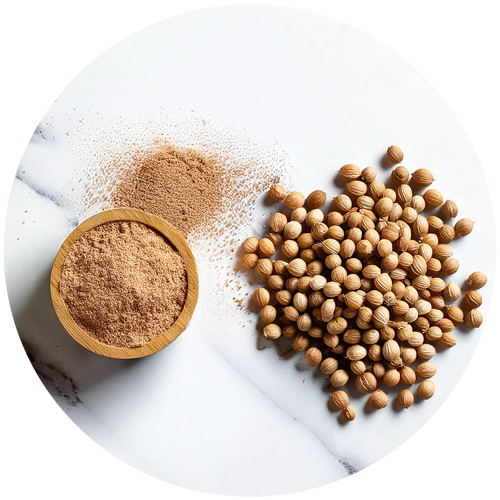
CORIANDER
Coriandrum sativum L.
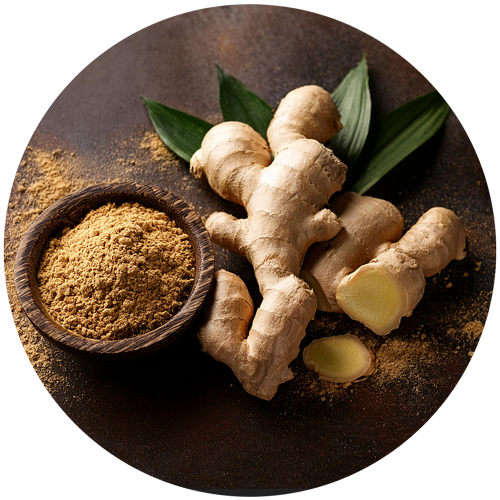
GINGER
Zingiber officinale Roscoe
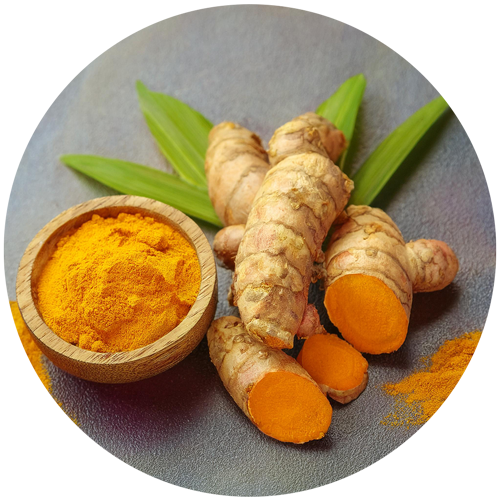
TURMERIC
Curcuma Longa L
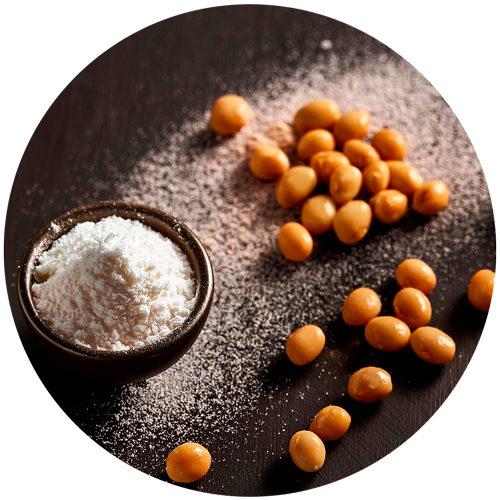
Premium
Nattiase: for normal blood flow.
Glycine max L.
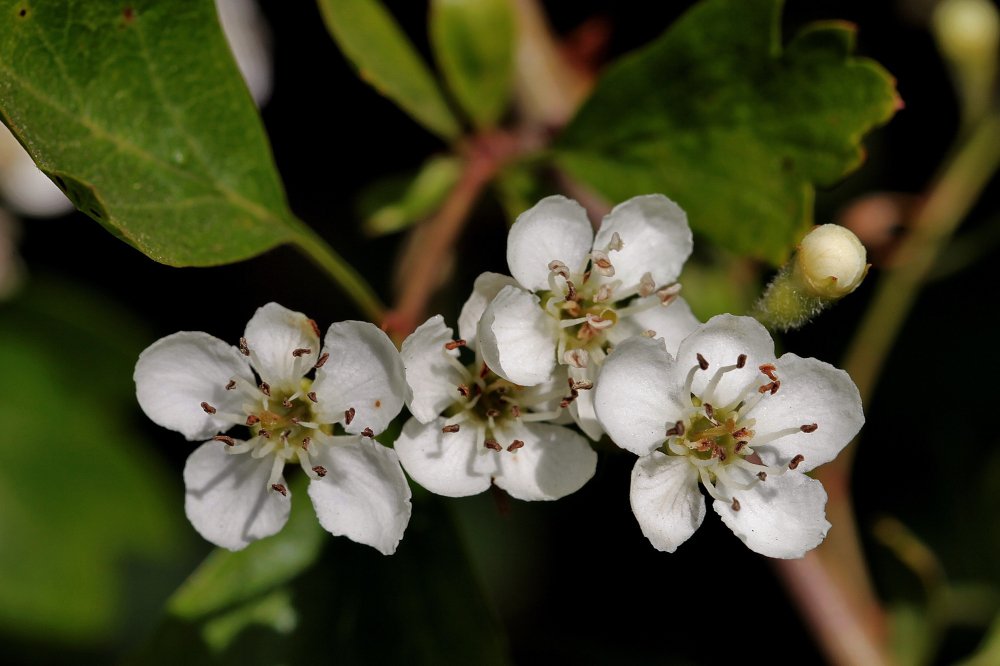
Detailed description
Hawthorn, Crataegus oxyacantha, a shrub in the Rosaceae family, is widespread in temperate regions of Europe, Asia and North America. Its flowers and fruit have been used since antiquity in phytotherapeutic traditions, notably for their circulatory benefits.
Hawthorn flowers and fruit contain flavonoids (vitexin, quercetin, hyperoside), polyphenols, procyanidins and phenolic acids. These bioactive compounds help protect cells against oxidative stress.
Hawthorn is traditionally recognized for its role in supporting cardiac comfort and blood circulation, as well as combating stress and improving sleep quality.
